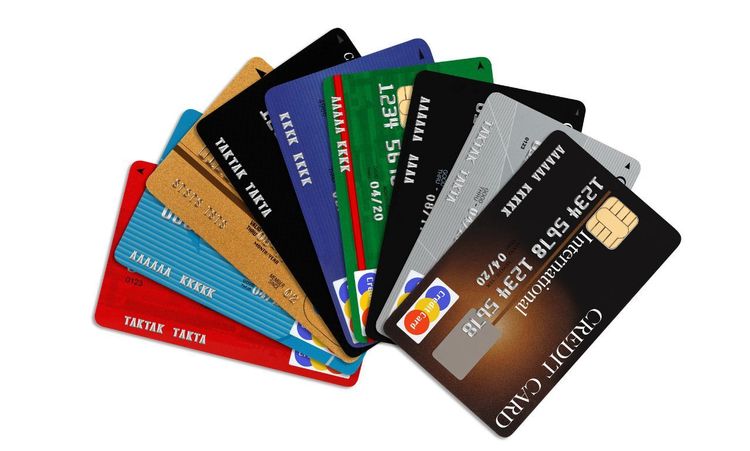Your brakes are your car’s most important safety system. They aren’t flashy, but when something goes wrong, they demand attention. You can’t afford to ignore them.
Many drivers miss the early warnings. They wait until the braking system starts to fail. That’s risky, expensive, and completely avoidable.
Knowing the signs of brake trouble can prevent a potential car accident. It also protects your wallet from extensive repairs.
If you've been wondering how to know when it’s time to replace your car’s brakes, keep reading. These signs aren’t subtle. You just need to know what to look, listen, and feel for.
Most brake problems begin small. A sound here, a smell there—it’s easy to overlook. But by the time they become obvious, your braking performance is already compromised.
Squeaking or Squealing Noises
High-pitched screeching is often your brakes’ way of crying for help. The sound is more than annoying—it’s a built-in safety feature.
Most brake pads come with metal wear indicators. These are tiny tabs that scrape against the brake rotor when the pad wears thin. The result? A sharp squeal that’s hard to ignore.
It’s not always about replacement, though. Sometimes, moisture or brake dust buildup causes temporary noises. But if the squeal keeps returning, don’t take chances. That sound could mean your brake pads are nearing their limit.
Ignoring it can lead to metal-on-metal grinding, which damages the rotors. And that turns a simple brake pad swap into a full-blown brake repair.
Take the car in for a brake inspection. Let a certified brake tech check the pads and friction material before things get worse. This simple act can prevent hundreds in repair costs later.
Grinding Sound
Now, let’s talk about the sound no driver wants to hear: grinding. It’s the next level after squealing—and it's never good.
When your brake pads are completely worn out, the backing plate meets the metal rotors. That creates a harsh grinding noise. This isn’t a minor symptom. It’s a warning from your car’s safety system.
A metallic growling sound, especially when pressing the brake pedal, means damage is already happening. The longer you wait, the more extensive—and expensive—the repairs will be.
Grinding also reduces your stopping power. Braking distances increase. Your car may pull to one side or vibrate when braking.
Some drivers confuse the noise with normal road sounds. But if you’re hearing grinding each time you slow down, don’t hesitate. Schedule a brake service appointment as soon as possible.
Delaying repair here means risking complete brake failure. No sound should ever compete with safety.
Brake Pedal Feels Soft or Spongy
Your brake pedal tells you a lot—if you know how to listen to your feet.
Normally, when you press the brake pedal, it should feel firm and responsive. If it feels soft, spongy, or sinks to the floor, something's wrong.
A soft pedal could mean air in the brake lines or low Brake Fluid. It might also indicate moisture in the system or even failing brake calipers.
All of these problems compromise your braking performance. Slower response times and unpredictable stopping power create dangerous situations.
Don’t pump the brakes and hope for the best. A spongy pedal is a sign your entire brake system needs immediate attention.
Whether you're in urban areas with constant stops or cruising highways, this issue shouldn't be ignored. Your next move should be a visit to a trusted service center.
It’s one of the most alarming symptoms, and it never fixes itself. Always treat soft brakes as a red flag.
Warning Light
Modern vehicles are smarter than ever. They even tell you when your brakes are wearing out.
The brake warning light on your dashboard isn't a suggestion. It’s your vehicle’s built-in alert system telling you to take action.
Sometimes, it’s tied to the Antilock Braking System (ABS). Other times, it’s a general alert for low Brake Fluid or worn brake pads.
In some cars, sensors inside the pads trigger the light. In others, it's tied to the hydraulic system. Either way, it’s a red flag.
Many drivers ignore it, thinking it’s just another annoying dashboard light. But driving around with that light on is like running a marathon with a sprained ankle. You’re asking for trouble.
Once it comes on, don’t wait. Get a brake inspection and address the issue while it's still manageable.
Modern cars are equipped with these systems for a reason—ignoring them isn’t just careless, it’s dangerous.
Visible Wear
Sometimes, you don’t need fancy sensors or strange sounds. Just look at your brakes.
Through the spokes of your wheel, you can often see the brake pads and rotors. If the pad material looks thinner than a quarter-inch, it’s time for a change.
Also look for grooves, rust, or blue marks on the metal rotors. These are signs of excess heat or uneven wear. And don’t ignore a buildup of brake dust—it could mean the pads are disintegrating.
A quick visual inspection, especially before long trips, can reveal what’s happening under your wheels. You don’t need to be a mechanic to spot the obvious.
Still unsure? Ask your mechanic to show you the difference between healthy and worn pads. It’ll save you from guessing next time.
Check your brakes like you check your tire pressure—it only takes a minute but could save your life.
Burning Smell
Imagine pulling into a parking lot after heavy braking and noticing a sharp, chemical smell. That’s not normal.
A burning odor, especially after long drives or steep descents, could mean overheated brakes. When the friction material gets too hot, it starts to break down—and that’s what you’re smelling.
If it happens just once during extreme braking, it might not be serious. But if it keeps happening, your brakes may be on the verge of failure.
Other causes include stuck brake calipers or driving with the parking brake engaged. Either way, that smell is telling you something is wrong.
Keep in mind: heat is the enemy of braking systems. Repeated overheating weakens performance and shortens lifespan.
Let your car cool down. Then head straight to a brake repair service to get things checked. Heat damage creeps in quietly—but it never leaves quietly.
Conclusion
Knowing how to know when it’s time to replace your car’s brakes can make all the difference. Your car won’t always scream for help—but when it does, listen.
Strange sounds, odd smells, dashboard lights, or a mushy brake pedal aren’t things to ignore. They’re warnings built into the vehicle’s safety system. Miss them, and you’re putting everyone at risk.
You don’t need to be a car expert. Just pay attention. Small signs today prevent big breakdowns tomorrow.
Brakes wear out. That’s a fact of driving life. But with routine inspections and some basic awareness, you’ll catch the problems early—before they become dangerous or expensive.
Stay safe. Respect the brakes. And never wait until it’s too late.




